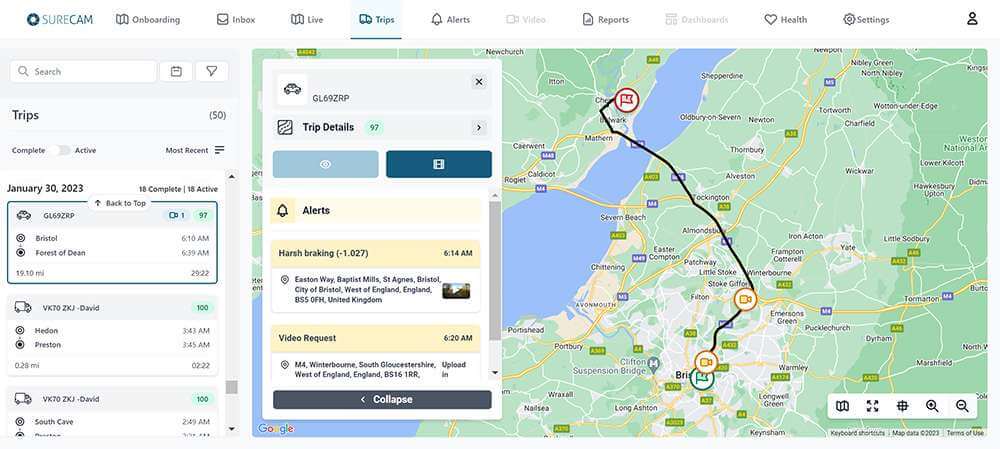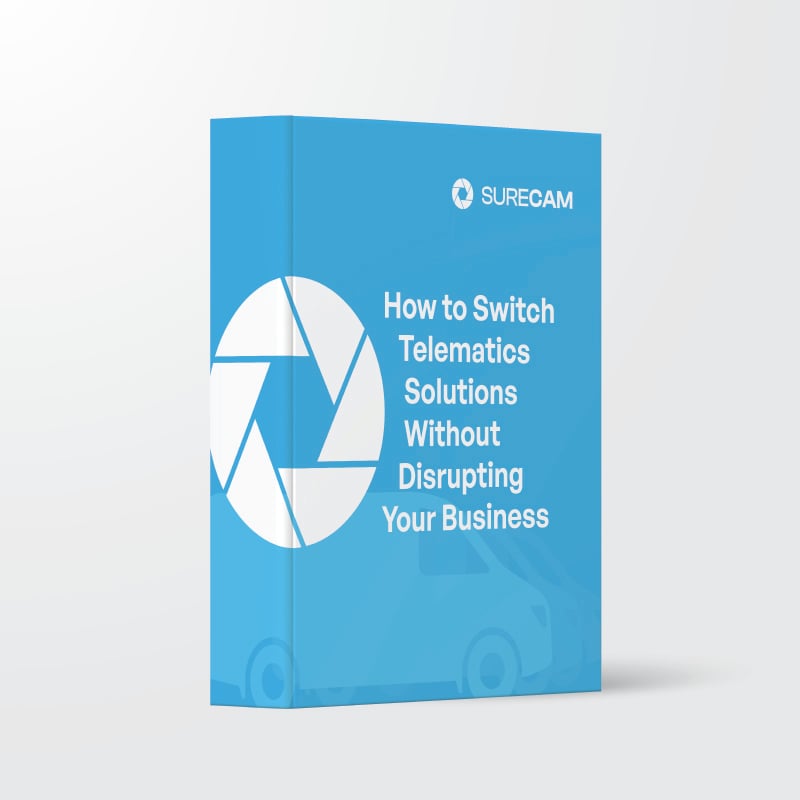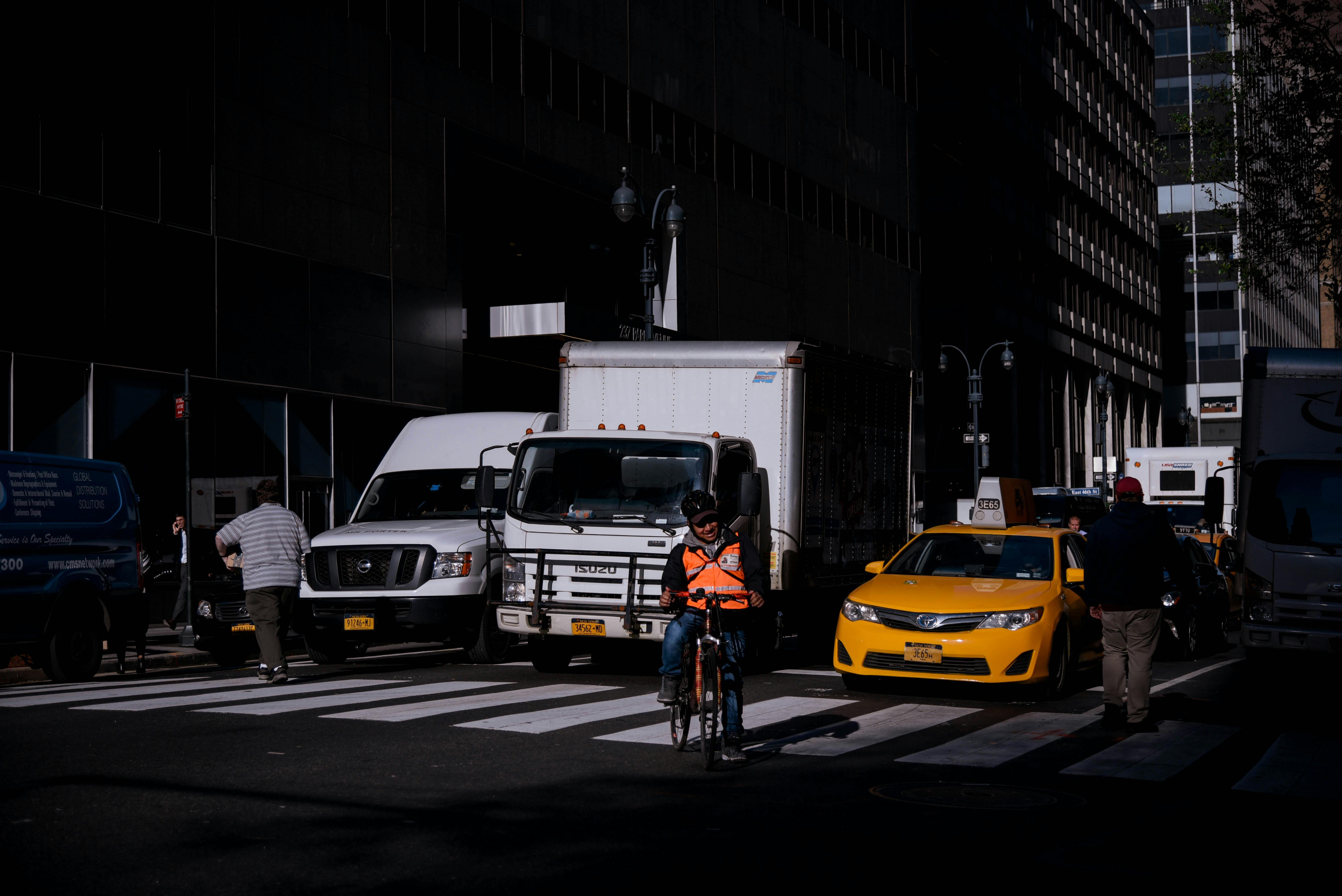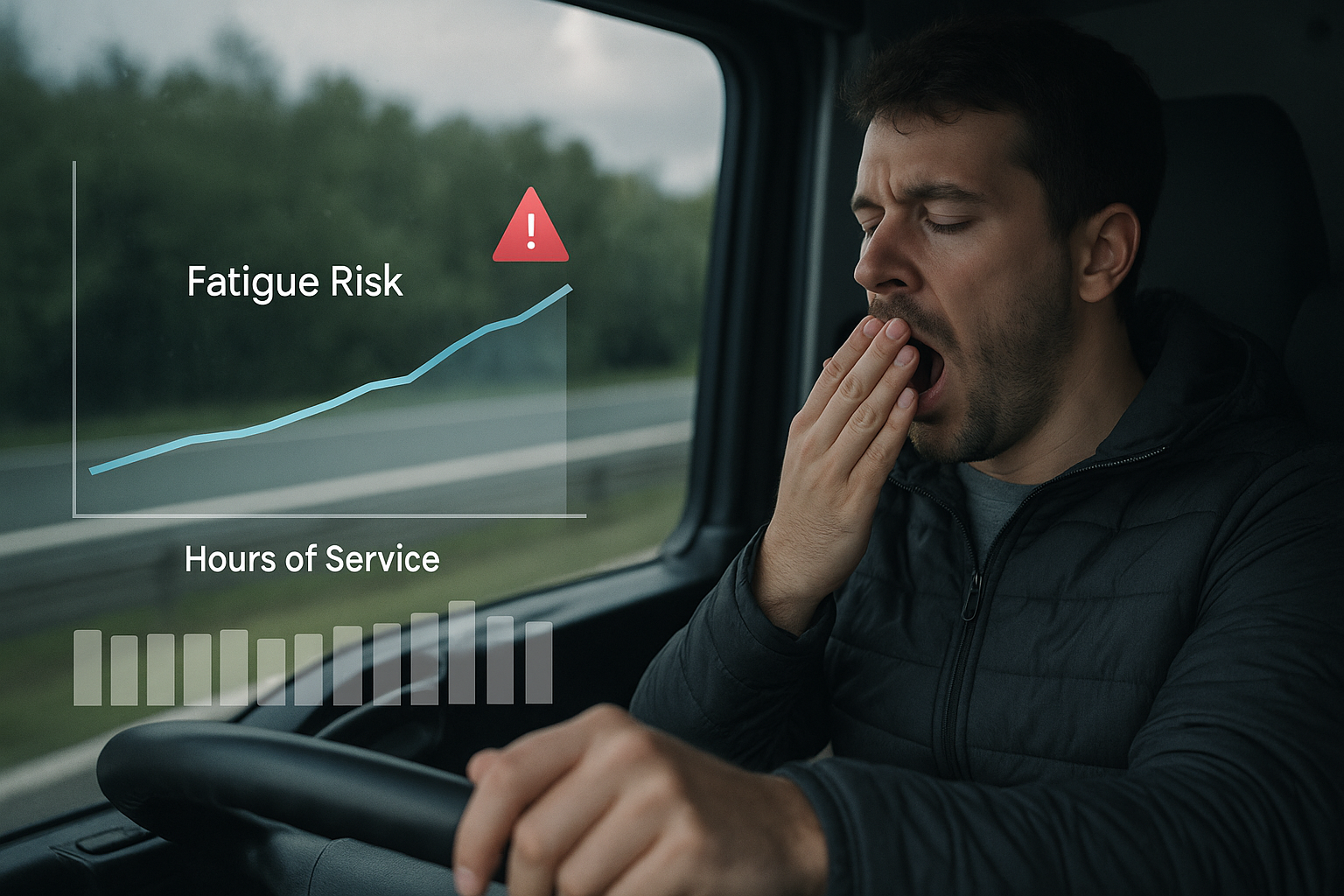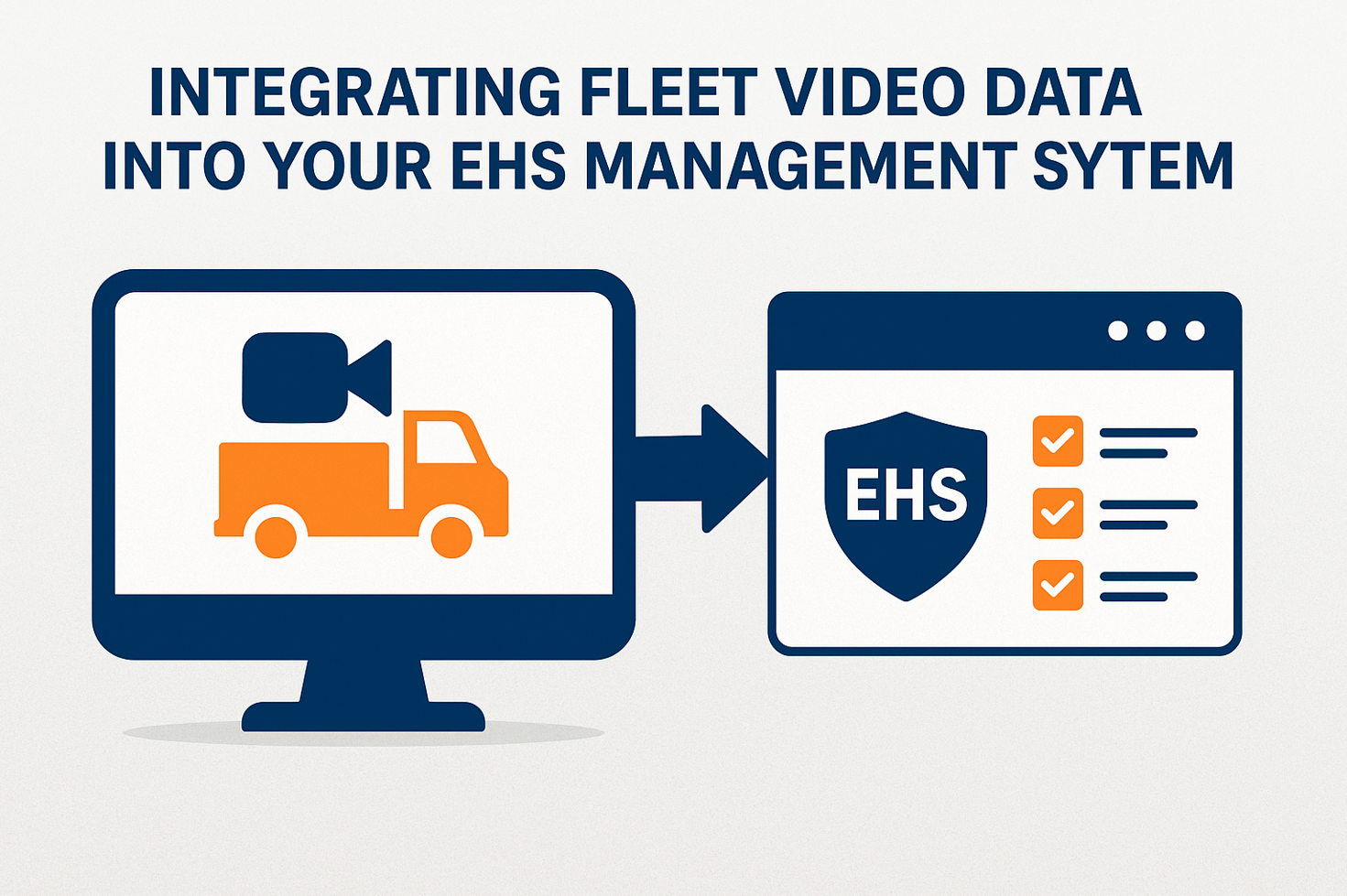Legal Insights: Mastering the Art of Driver Handbook Compliance
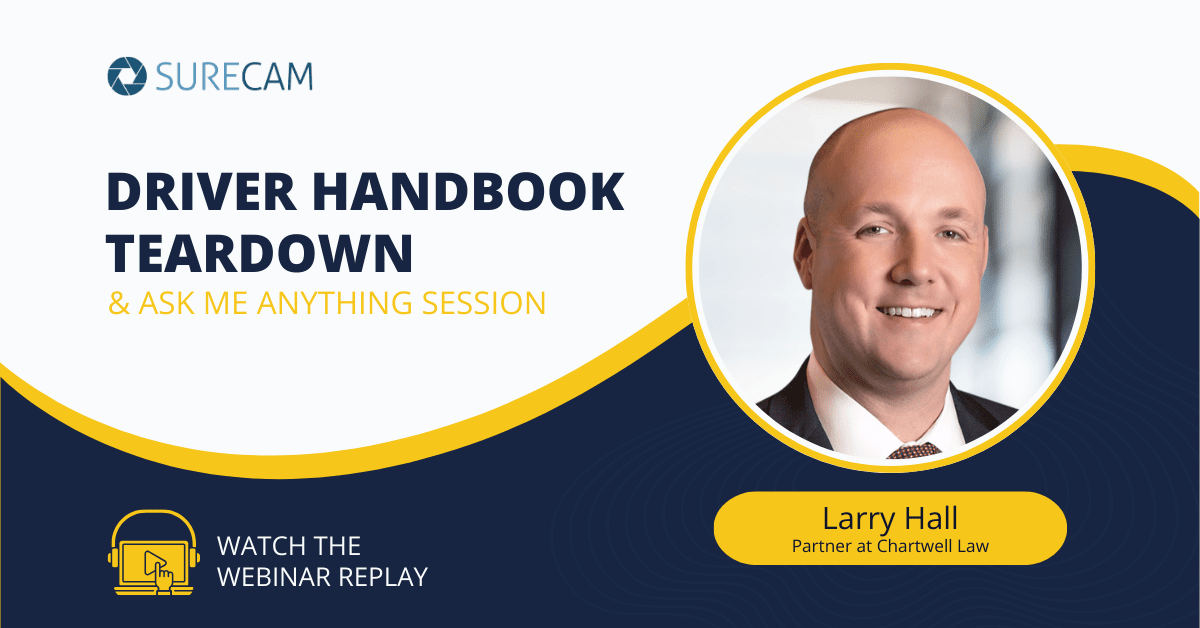
Key Insights from "Live Driver Handbook Teardown & 'Ask Me Anything' Session" with Larry Hall
In the ever-evolving landscape of commercial transportation and fleet management, the importance of optimizing driver handbooks and policies cannot be overstated. Larry Hall, a Partner at Chartwell Law and a distinguished legal expert in defending businesses facing commercial motor vehicle accident litigation, recently hosted the eagerly anticipated follow-up webinar titled "Live Driver Handbook Teardown & 'Ask Me Anything' Session." This interactive session, building on the revelations of the "Legal Landmines" webinar, provided real-time recommendations for enhancing legal resilience with driver handbooks and fleet policies.
Watch the webinar replay on demand

Event Title: Live Driver Handbook Teardown & Ask Me Anything Session
Date: Wednesday, September 27th, 2023
Speaker: Larry Hall, Partner at Chartwell Law
Connect with the Featured Speaker
LinkedIn | Email | (314) 702-3499
Key Takeaways
There are some eye opening revelations shared by Larry Hall that make this practical application webinar worth the watch. What you include and don't include in your driver handbooks can end up costing your company big in court in situations where you should be cleared of liability altogether. Larry Hall provided in-depth explanations of what to include and what not to include in your driver handbooks and fleet policies. We've summarized those key takeaways for your reference below.
Safety Manual Language and Liability
- Choose Wording Thoughtfully: Carefully consider the content and wording of safety manuals.
- Beware "Professional Driver": Avoid using the term "professional driver" as it can heighten the standard of care expected of drivers and be exploited in lawsuits.
- Blanket Statements: Be cautious of blanket compliance statements requiring drivers to comply with all company requirements and policies; some regulations may be nonsensical and could create unwarranted liability.
- Consistency Matters: Maintain consistency in policy enforcement.
- Consider Dropping Handbooks: In certain cases, consider the elimination of the handbook altogether.
Narrative Inclusion and Policy Discussion
- Tell Your Company Story: Incorporating a company narrative adds context and transparency, a valuable asset in litigation situations. Including your company's story in the driver manual allows you to tell your story in depositions and the court room.
Driver Handbook Revisions
- Reconsider Certain Rules: Evaluate and potentially revise rules that may be misconstrued or create unrealistic and unachievable expectations.
- Move Rules to HR Manuals: Relocate rules related to pay and benefits to HR manuals for greater clarity.
- Favor Flexibility: Opt for more flexible policies that allow for individualized review and appropriate discipline on a case-by-case basis.
Truck Parking and Defensive Driving Priorities
- Steer Clear of Dictating Parking: Avoid dictating parking locations in driver manuals to prevent unforeseen legal consequences.
- Drop Written Defensive Driving Expectations: While it is important to train drivers in defensive driving techniques, refrain from including it in driver manuals. Instead, cover it extensively with drivers during orientation and make it a routine part of your ongoing safety training program.
- Caution on Specific Instructions: Be cautious about including specific instructions in the manual, as they may be misinterpreted in the event of an accident.
Emphasize Judgment, Not Following Distance
- Shelve Following Distance References: Eliminate references to expectations for following distances in the company's manual, as they can be impractical and set drivers up for failure.
- Highlight Professional Judgment: Encourage drivers to rely on their professional judgment, taking into account traffic and road conditions when determining safe following distances.
Post-Accident Procedures: Prioritizing Safety
- Specific Post-Accident Instructions: Develop clear and specific post-accident instructions for drivers to follow that prioritizes on-the-ground safety and notifying the company as soon as possible. Let the responding manager dictate the next appropriate steps to take at the scene of the accident.
- Discourage Inappropriate Actions: Encourage drivers to refrain from capturing images of injured individuals, as it may be deemed inappropriate and potentially detrimental.
- Safety First: Prioritize safety and immediate contact with authorities and the company.
- Customized Accident Plans: Develop specific plans for handling different types of accidents, recognizing that not all accidents should be treated the same way.
Driver Handbook Revisions and Post-Accident Policies
- Effective Orientations: Consider using orientations and training sessions to effectively communicate the company's preferred driving practices.
- Fair Evaluation: Avoid punishing drivers for accidents that are not preventable, focusing on fairness and objectivity.
- Trust Driver Judgment: Avoid specific weather condition guidelines in the manual and instead empower drivers to use their judgment.
Empowering Legal Resilience In Your Driver Handbooks and Fleet Policies
The "Live Driver Handbook Teardown & 'Ask Me Anything' Session" with Larry Hall was a wellspring of wisdom for businesses involved in commercial transportation and field service management. By implementing Larry Hall's recommendations and customizing your handbooks and policies to your company's unique requirements, you can significantly reduce legal exposure in the event of a road accident.
Additional Resources
Part 1: Legal Landmines: Common Driver Handbook Mistakes that Cost Big in Court
For the primer on best practice recommendations on how to structure your driver handbooks and fleet policies to protect your business in the case of accident litigation, consider watching part 1 of the webinar series with Larry Hall.
Watch Part 1 of the webinar series here.
Webinar Replay: Legal Perspective on Video Telematics
Video evidence is the gold standard when it comes to protecting your drivers and your business.
But what happens when your driver is at-fault? What camera views are best for protecting your business? Can in-vehicle video technology be more harmful than helpful? Get the answers to these questions and more.
Watch the Legal Perspective webinar here.

Book a demo today!
SureCam offers GPS vehicle tracking, live video, and real-time alerts for efficient fleet management. Get a Demo

